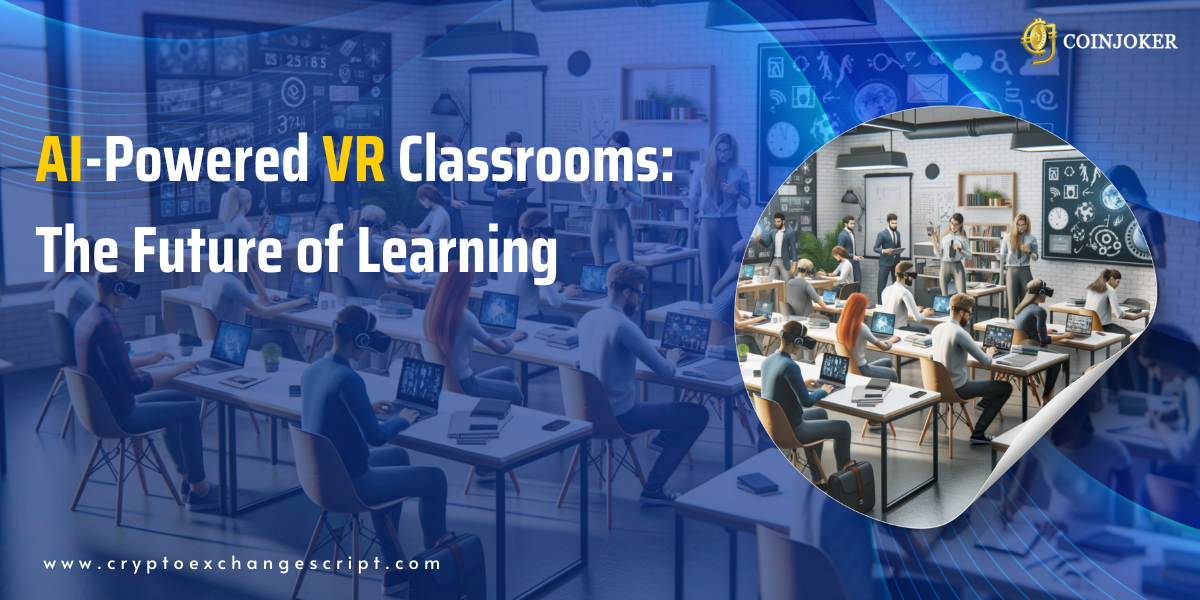AI chatbots are becoming increasingly sophisticated, and the field of AI chatbot development is full of potential. In the coming years, we can expect to see chatbots become more conversational, intelligent, and personalized. They will also be able to integrate with other technologies, such as voice assistants and machine learning, to provide even better experiences for users. In this blog, we will discuss the future of AI chatbot development and what we can expect to see in the coming years.
AI Chatbot Development
AI chatbot development is the process of creating a chatbot that uses artificial intelligence to interact with users. Chatbots are computer programs that can simulate conversation with humans, and AI chatbots use natural language processing (NLP) and machine learning (ML) to understand and respond to user queries.
Types of AI Chatbot Development
There are two main types of AI chatbot development: rule-based chatbots and machine learning (ML) chatbots.
Rule-based Chatbots
Rule-based chatbots are the simplest type of chatbot. They are programmed with a set of rules that dictate how they respond to user queries. For instance, a rule-based chatbot may be programmed to generate the response "My name is Crypto" when it receives the query "What is your name?"
ML Chatbots
ML chatbots are more complex than rule-based chatbots. They use ML algorithms to learn from their interactions with users. This allows them to improve their ability to understand and respond to user queries over time.
Here are some of the other types of AI chatbot development
Hybrid chatbots: Hybrid chatbots combine the features of rule-based chatbots and ML chatbots. They are able to respond to simple queries using rules, and they can also learn from their interactions with users to respond to more complex queries.
Contextual Chatbots: Contextual chatbots are able to understand the context of a conversation. This allows them to provide more relevant and helpful responses to user queries.
Personalized Chatbots: Personalized chatbots are able to personalize their interactions with users based on the user's preferences, past behavior, and other factors. This makes the interactions more engaging and effective.
Multi-modal Chatbots: Multi-modal chatbots are able to interact with users through multiple channels, such as text, voice, and video. This makes them more accessible to users and allows them to communicate in the way that they prefer.
The type of AI chatbot development that is best for a particular business will depend on the needs of the business and the target audience. However, all of the types of AI chatbot development can be valuable tools for businesses that want to improve customer service, automate tasks, and gather data insights.
Key Components of an AI Chatbot
Here are some of the key components of an AI chatbot
Natural language processing (NLP): NLP is the ability of a computer to understand human language. This is essential for chatbots, as they need to be able to understand what users are saying in order to respond appropriately.
Machine learning (ML): ML is the ability of a computer to learn from data. This is used by chatbots to improve their ability to understand and respond to user queries over time.
Data: Chatbots need to be trained on a large corpus of data in order to learn to understand and respond to natural language. This data can be in the form of text, audio, or video.
Conversational AI (CAI): CAI is the technology that allows chatbots to simulate conversation with humans. This includes the ability to understand the context of a conversation, generate natural-sounding responses, and handle unexpected or incorrect user input.
User interface (UI): The UI is the way that users interact with the chatbot. This includes the chatbot's appearance, the way that it responds to user input, and the way that it handles errors.
Deployment: Chatbots can be deployed on a variety of platforms, such as websites, mobile apps, and messaging apps. The deployment platform will depend on the needs of the business and the target audience.
These are just some of the key components of an AI chatbot. The specific components that are used will vary depending on the chatbot's purpose, capabilities, and target audience.
AI Chatbot Development Process
The development of AI chatbots typically involves the following steps
Define the chatbot's purpose and scope: This step involves defining the chatbot's goals, the tasks it will be used for, and the target audience.
Gather data: The chatbot will need to be trained on a large corpus of data in order to learn to understand and respond to natural language. This data can be in the form of text, audio, or video.
Design the chatbot's conversation flow: This step involves designing the chatbot's interactions with users, including how it will respond to different user queries.
Build the chatbot's AI model: The chatbot's AI model will use NLP and ML to process user queries and generate responses.
Deploy the chatbot: The chatbot can be deployed on a variety of platforms, such as websites, mobile apps, and messaging apps.
Test and iterate: The chatbot should be tested to ensure that it is working properly and that it is meeting the needs of users. The chatbot should also be iterated on over time to improve its performance.
AI chatbot development is a complex process, but it can be a valuable tool for businesses that want to improve customer service, automate tasks, and gather data insights.
Future Trends in AI Chatbot Development
More conversational and intelligent chatbots: Chatbots will become more able to understand and respond to natural language, making them feel more like real conversations. They will also be able to learn from their interactions with users and improve over time.
Personalized chatbots: Chatbots will be able to personalize their interactions with users based on their preferences, past behavior, and other factors. This will make the interactions more engaging and effective.
Integration with other technologies: Chatbots will be integrated with other technologies, such as voice assistants and machine learning, to provide even better experiences for users. For example, a chatbot could be integrated with a voice assistant to allow users to interact with it hands-free.
Increased use in new industries: Chatbots will be used in new industries, such as healthcare, education, and manufacturing. For example, a chatbot could be used to provide medical advice or to help students learn a new concept.
Development of multimodal chatbots: Multimodal chatbots will be able to interact with users through multiple channels, such as text, voice, and video. This will make them more accessible to users and allow them to communicate in the way that they prefer.
Development of ethical chatbots: As chatbots become more sophisticated, it is important to develop ethical guidelines for their development and use. This will ensure that chatbots are used in a responsible and beneficial way.
Why Choose Coinjoker as your AI Chatbot Development Company?
Coinjoker is an AI chatbot development company with proven years of experience. We have a team of experts who are passionate about chatbots and are committed to developing the best possible chatbots for our clients. We use the latest technologies to develop high-quality chatbots, and we offer a wide range of chatbot services, from consultation to deployment. We are also committed to providing our clients with the best possible experience. In short, Coinjoker has the experience, expertise, and passion to develop the perfect chatbot for your business.
Talk To Our Experts >> AI Chatbot Development Company
Trending Blogs
AR/VR
AI Avatars in VR: Crafting Digital Souls for Virtual Worlds
In today’s virtual-first world, the lines between fact and digital experiences continue to blur. O ...

AR/VR
AI-Powered VR Classrooms: The Future of Learning
In the fast-evolving world of education, generation is reshaping how we teach and study. Among the m ...

Cryptocurrency Exchange
Toobit Clone Script: A Ready-Made Solution to Start Your Crypto Exchange
The cryptocurrency market has been on an incredible run lately, growing at a pace that’s tough to ...

Cryptocurrency Tokens
How to Successfully Launch a Solana DeFi Wallet in 2025
The DeFi (Decentralized Finance) industry is evolving rapidly, providing permissionless and decentra ...

Cryptocurrency Tokens
Ethereum Pectra Upgrade: Unlocking the Next Era of Blockchain Innovation
The Ethereum network is continuously evolving, and the upcoming Pectra upgrade represents a pivotal ...

Cryptocurrency Exchange
Secure Your Crypto: 10 Best Wallets for Digital Asset Storage in 2025
As the crypto landscape continues to evolve, one essential tool remains at the heart of the industry ...

Cryptocurrency Exchange
NOWPayments Clone Script: Simplifying Cryptocurrency Transactions for Businesses
In virtual technology, cryptocurrency payments are transforming the way businesses handle transactio ...

Cryptocurrency Exchange
Gemini Clone Script: Fast-Track Your Crypto Exchange Development
In the ever-evolving world of cryptocurrencies, launching a secure and user friendly exchange platfo ...

Cryptocurrency Exchange
SimpleSwap Clone Script – Start a Hassle-Free Crypto Swap Platform
The cryptocurrency industry has witnessed an exponential demand increase for instant and seamless cr ...

Cryptocurrency Exchange
MEXC Clone Script: A Ready-Made Solution for Crypto Entrepreneurs
The cryptocurrency marketplace is booming, and with it comes the ever-growing demand for modern and ...
